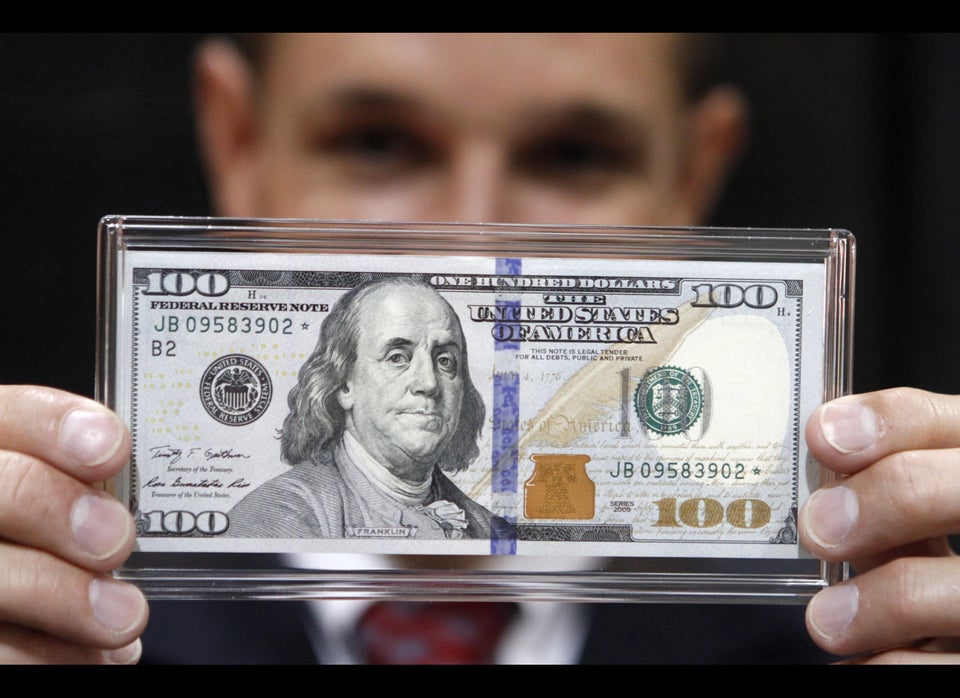If you're wondering where mortgage rates are headed you're not alone.
It used to be that mortgage rates reflected supply and demand but that's no longer the case. The Federal Reserve is now spending $85 billion per month to purchase mortgage-backed securities ($45 billion) and U.S. Treasuries ($40 billion), thus holding down interest rates for both.
The taper trap is this: Either the Fed purchases will go on forever or they will end at some point. The first option is absurd and the second is troubling: Many believe the Fed buying spree will be gradually reduced -- a process known as "tapering" -- and that a winding down of the Fed purchases will start before the end of the year.
This puts the Fed in an impossible position. It cannot buy long-term securities forever, but if it reduces purchases then interest rates will rise and bond prices will fall. That could raise the federal deficit (because the government would have higher borrowing costs) and slow the housing market (because mortgage rates could rise further). Alternatively, retirees would get more from their savings.
"Basic bond math tells us that prices will fall if interest rates rise," explains Rob Williams, Director of Income Planning, Schwab Center for Financial Research. "The longer the maturity, the more severe the drop."
This is a big deal with the Fed. As of August 15th, it owned mortgage-backed securities worth $1.264 trillion as well as notes and bonds worth $1.9 trillion. In effect, by tapering the Fed will force down the current value of its own securities portfolio.
Just the thought of reduced Fed purchases has caused investors to shiver, interest rates to rise and bond prices to fall. So, to an extent, the marketplace has already anticipated some reduction in Fed purchases.
Mortgage Rates
Mortgage rates in 2012 reached their lowest levels in 65 years. Last Fall you could -- as I did -- refinance a home at roughly 3.4 percent. In comparison, says Standard & Poors, the average mortgage rate over the past 40 years has been 8.6 percent. Rates at this writing are approximately in the 4.3 percent zone, according to LendingTree.
So will the Fed have a huge loss on its securities portfolio as a result of tapering and higher rates? On paper the answer may well be "yes" in terms of current market value, but in a practical sense the Fed doesn't have to sell, it can instead collect interest and hold its securities until the loans are paid off.
How much revenue does it get from securities? In 2012 the Fed had $91 billion in profits of which $80.5 billion came from interest.
_____________________
Published originally at OurBroker.com and used by The Huffington Post with permission.
Also on HuffPost:

